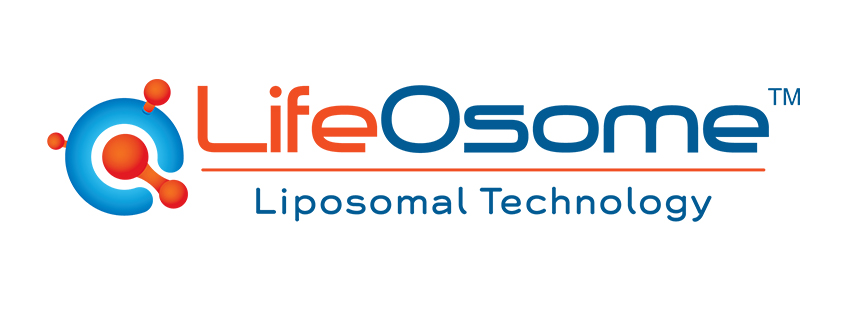What are liposomes?
- June 17, 2014
- No comments
WHAT ARE LIPOSOMES? Liposomes are microscopic spheres that have a natural affinity for living cells because their outer layers are composed of phospholipids that are virtually identical to the phospholipid composition of cell membranes. Nutrients that are carried by nano-sized liposomal “delivery vehicles” are very efficiently absorbed because they are...




